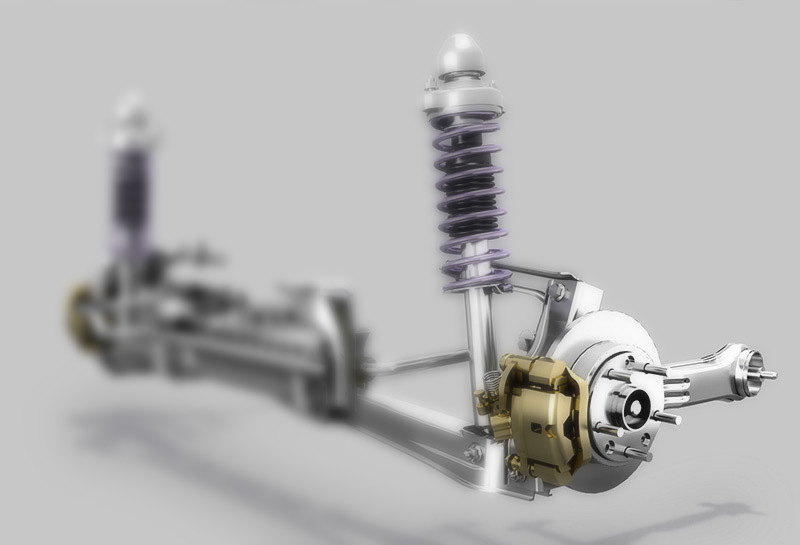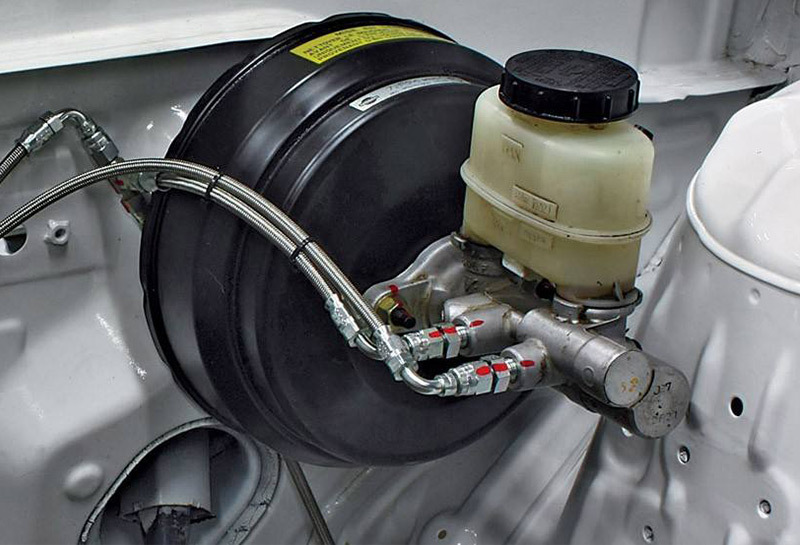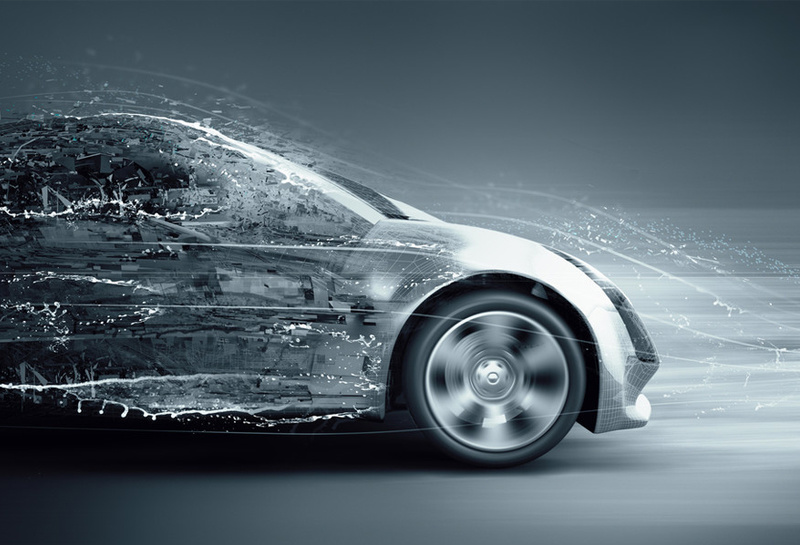18
2022
-
08
Development Trend of Brake Industry Technology
The main driving method of the brake is electric hydraulic pusher, followed by AC or DC electromagnet, and a small amount of hydraulic drive and pneumatic device.
(1) Brake driving method
The main driving method of the brake is electric hydraulic pusher, followed by AC or DC electromagnet, and a small amount of hydraulic drive and pneumatic device. Due to the advantages of small impact, low working noise, simple control, long service life and low cost of use, electric hydraulic pushers have become mainstream products in high-speed shaft industrial brakes. In the field of safety brakes, hydraulically driven brakes are the mainstay.
(2) Function of brake
With the development of large-scale and super-large-scale equipment, specialization and high-efficiency automation, brakes are developing rapidly in terms of heavy-duty, multi-functional, intelligent and maintenance-free braking conditions. The heavy-duty braking condition is to meet the supporting braking requirements of large and super-large heavy-duty mechanisms; the multi-function mainly includes brake release interlock function, manual release function, pad wear limit limit (interlock) function, and automatic wear compensation. Function, etc.; intelligence refers to the introduction of digital technology and computer technology into the control system; maintenance-free refers to turning the function of the brake that requires manual adjustment into an automatic adjustment function, and at the same time achieves high reliability of brake action and performance. In addition, realizing real-time maintenance of industrial brakes through remote monitoring is also an important development direction of brakes.
(3) Safety brake
The safety brake is a mechanical brake set on the final shaft (reel shaft) of the transmission mechanism. Generally, it is only used in important mechanisms with lifting properties (crane lifting mechanism, boom pitch mechanism, and inclination downward-moving belt conveyor, etc.). ) is adopted. Since the 1980s, with the rapid development of hoisting and handling machinery towards large-scale and super-large-scale, high-efficiency, and semi-automatic and automation, the application of safety brakes has developed rapidly. At present, safety brakes have been widely used in large-scale port handling machinery, and large-scale lifting equipment (such as power station gantry cranes, casting cranes, lifting mechanisms of cable cranes, etc.) and inclined belt conveyors are being popularized and applied.
my country's safety brakes were almost blank before the mid-1990s. After the mid-1990s, the rapid improvement of my country's large-scale and port handling machinery manufacturing level and the rapid growth of market demand promoted the rapid development of my country's safety brakes. In just over ten years, my country's safety brake technology has approached or reached the international level, and the product variety is also increasing.
(4) Friction material
Friction material refers to a composite material containing multiple components, which is one of the technologies of industrial brakes. The quality and friction properties of friction materials directly affect the performance and safety of brakes.
Before the 1990s, the main friction material used was asbestos brake belts. Since asbestos is a causative substance, composite friction materials formulated with asbestos-free organic materials (NAO) quickly replaced asbestos friction materials. With the heavy-duty braking conditions of brakes, the matching brake pads are required to have high temperature resistance, wear resistance, high and stable friction performance, short maintenance time, and long service life. The semi-metallic resin-based friction material , Powder metallurgy friction materials have gradually become the mainstream products in the market. At present, ceramic matrix composite friction materials are gradually being applied due to their excellent high temperature friction performance and high specific pressure.
(5) Reliability and service life of brakes
Before the 1990s, brakes were treated as wearing parts. With the great improvement of the technology and quality of industrial brakes, industrial brakes are now developing towards high reliability and longevity of host components.
Keywords:
Related news






